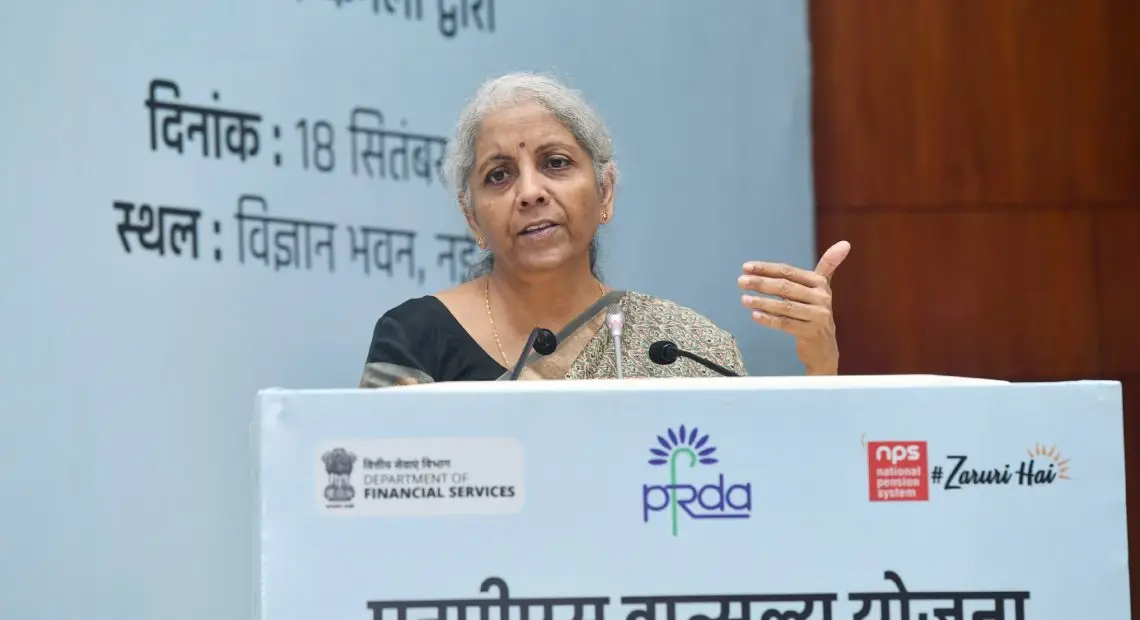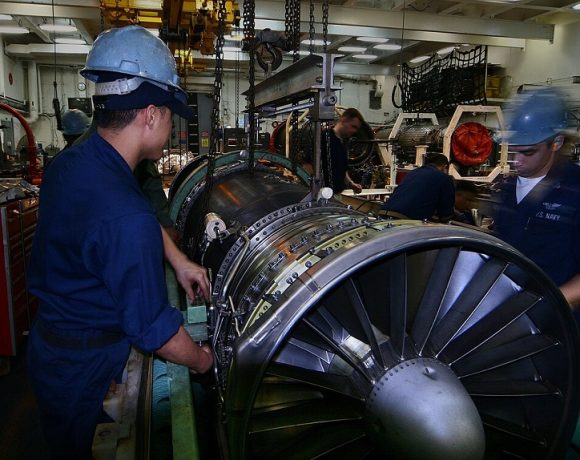
India’s Net Direct Tax Collection Climbs 15.4% to ₹12.1 Trillion
India’s net direct-tax revenue surged by 15.4% to ₹12.1 trillion in the current fiscal year, according to a report from the Central Board of Direct Taxes (CBDT). This figure accounts for refunds, marking a significant growth attributed to efficient tax collection and compliance measures.
The CBDT disclosed that gross direct-tax collections before refunds grew by 21.2%, reaching ₹15 trillion from April 1 to November 11. The tax department issued ₹2.91 trillion in refunds, reflecting a 53% increase over the same period last year.
Corporate and Non-Corporate Tax Growth
Corporate tax collections, after adjusting for refunds, amounted to ₹5.1 trillion, a rise from ₹4.79 trillion in the corresponding period last year. Non-corporate tax revenue, which largely includes personal income tax, reached ₹6.61 trillion, up from ₹5.48 trillion in the previous year. Additionally, the Securities Transaction Tax contributed ₹35,923 crore this year, marking a 90% increase from last year’s ₹18,909 crore.
Achieving Fiscal Targets
So far, the tax department has achieved 55% of its ₹22 trillion direct-tax collection target for the fiscal year. The 15.41% growth in net direct-tax revenue surpasses the 12.8% annual growth forecasted in the budget, signaling confidence among policymakers to achieve the fiscal year’s targets.
Increasing Tax Receipts Through Efficiency
The growth in direct-tax collections is attributed to an expanding taxpayer base and various reforms. Enhanced data collection, wider application of taxes deducted or collected at source, and the use of pre-filled tax forms have streamlined the process. Restrictions on cash transactions and the promotion of digital payments have also supported this growth.
Tax expert Sandeep Sehgal from AKM Global credits the government’s focus on rationalizing tax policies and improving compliance. He noted, “Key steps such as dispute resolution schemes and digitization of tax compliance procedures have played a key role in boosting direct-tax collections.” The use of technology and artificial intelligence has also contributed to reducing the cost of tax collection, further enhancing efficiency in tax administration.


















